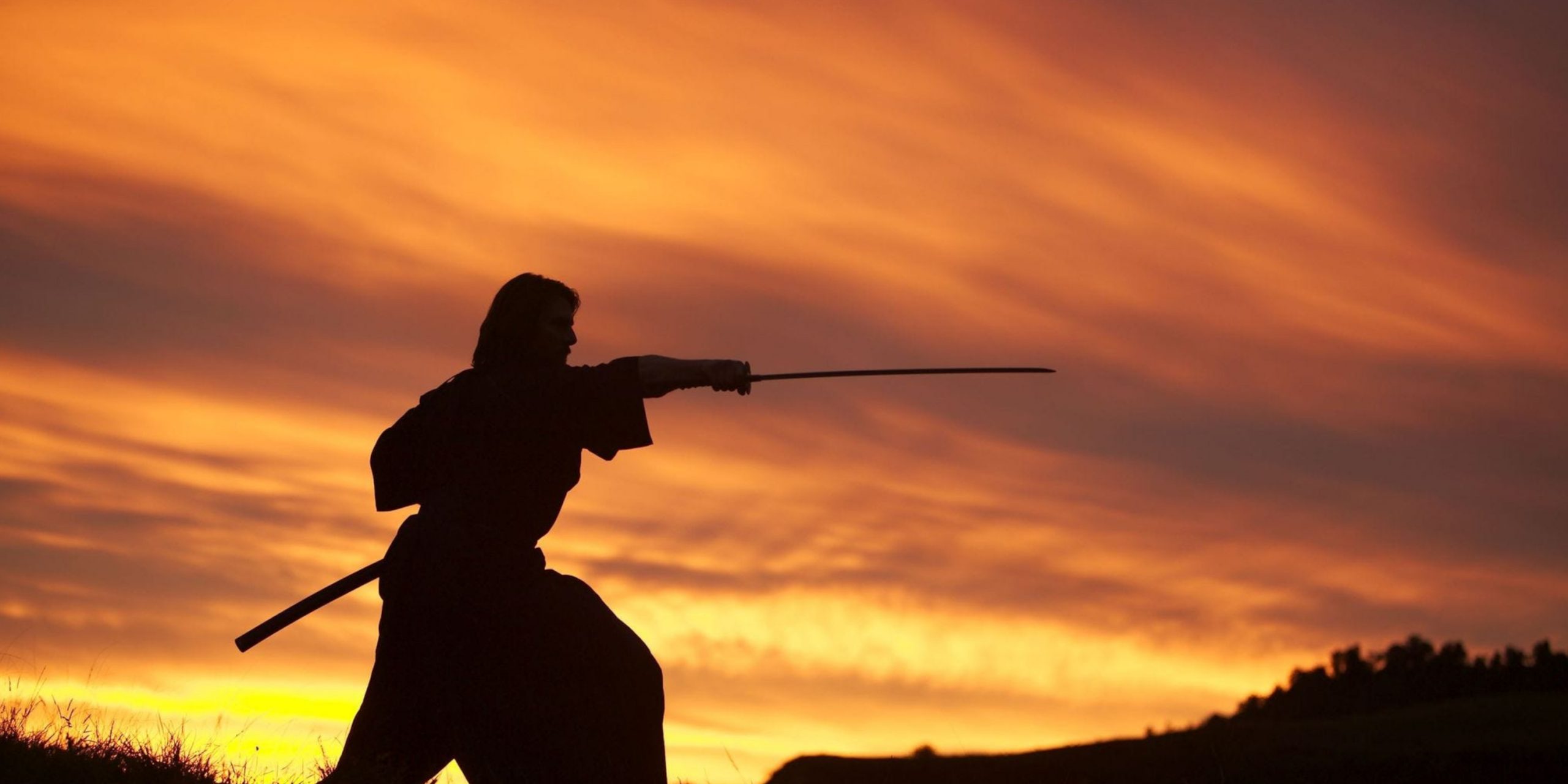
The Last Samurai (2003), starring Tom Cruise and Ken Watanabe, presents a cinematic version of the end of Japan’s samurai era. Set during the Satsuma Rebellion of 1877, the film explores the clash between tradition and modernity, as Western influence and industrialisation transform Japanese society. While the narrative captures certain historical tensions and ideals associated with the samurai, it also distorts or simplifies other elements to suit Hollywood storytelling. This article breaks down what the film gets right and where it diverges from the historical record.
The Samurai Code: Bushidō
The film repeatedly references Bushidō, presenting it as a unified and ancient warrior code based on honour, loyalty, and self-sacrifice. In truth, Bushidō was not a single codified doctrine. It was a loose and evolving set of ideals, often interpreted differently depending on region, period, or clan. Many of the values depicted in the film reflect a romanticised version popularised during the Tokugawa era and later solidified during Japan’s Meiji period as a nationalist tool, rather than the reality for most historical samurai.
Katsumoto vs. Saigō Takamori
Ken Watanabe’s character, Katsumoto, is loosely based on Saigō Takamori, a real samurai leader who led the Satsuma Rebellion. Both men resisted the rapid modernisation of Japan and the dissolution of the samurai class. However, Saigō had previously played a role in the Meiji Restoration, including supporting reforms that later undermined samurai privileges. Katsumoto, by contrast, is portrayed as a consistent idealist. The simplification of Saigō’s political complexity into Katsumoto’s pure honour-driven resistance obscures the internal contradictions faced by historical figures of the time.
The Role of Westerners in Japan
Tom Cruise’s character, Nathan Algren, is fictional but inspired by real foreigners who worked in Japan during the Meiji Restoration, such as Jules Brunet and Edward Schnell. These men did not, however, undergo the kind of spiritual transformation seen in Algren, nor did they become samurai or gain such deep cultural integration. The idea of a Westerner fully mastering the way of the samurai within a short time reflects more of a narrative device than a historical likelihood.
The End of the Samurai
The film depicts the samurai as a unified warrior caste nobly resisting the encroachment of guns and Western values. In reality, the Meiji government included many former samurai who supported modernisation. The samurai class had already begun to decline economically and socially by the late Tokugawa period. Many embraced reform, while others, like those in Satsuma, opposed it. The rebellion itself was not a clean conflict of swords against rifles, but a modern civil war involving artillery, Western-style infantry training, and internal political fractures.
Weapons and Armour Accuracy
The film features traditional samurai armour and Samurai Swords, often in visually impressive duels. While these elements are broadly accurate in appearance, their continued battlefield use during the late 19th century is exaggerated. By 1877, most serious combatants used rifles and cannons. Armour was largely ceremonial, and swords were secondary weapons at best. The romantic image of large-scale katana charges against bullets was more symbolic than practical.
Samurai Culture and Daily Life
The portrayal of samurai village life in The Last Samurai is drawn from earlier periods, resembling Edo-era aesthetics more than Meiji-era realities. The idyllic setting and rituals, such as tea ceremonies and poetry, reflect samurai cultural pursuits, but these were far from universal or timeless. By the time of the Satsuma Rebellion, many samurai had already adapted to bureaucratic or civilian roles, and the economic lifestyle shown in the film was no longer typical.
The Seven Swords Takeaway
The Last Samurai succeeds in portraying some of the philosophical ideals and emotional weight behind Japan’s transformation in the 19th century. It introduces global audiences to the significance of samurai identity, the challenges of modernisation, and the allure of traditional values. However, its depiction relies heavily on selective nostalgia, streamlined narratives, and Western hero conventions. Understanding the historical context behind the fiction allows for a deeper appreciation of both the film’s themes and the complex truth of Japan’s past



